Death and Cemeteries
Age 13, Bacolod City Cemetery, Philippines
Crunch! Soft grass and tangled weeds gave way as the lid of an unmarked, shallowly buried coffin crumbled beneath my sneakers. My mind detached from my body in horror as I felt my foot sink into what was most likely the desiccated ribcage of a long-deceased child.
You could say that was my first intimate encounter with death. I would like to say it was the last encounter of that day, but it was not.
It was a sunny, muggy day in the heart of Bacolod City. A few dozen Latter-day Saint youth in bright yellow “Helping Hands” vests were scattered throughout the literal cement jungle of the municipal cemetery. To an outsider, the winding stretches of concrete-encased stacked coffins might look like the brainchild of Tim Burton and Dr. Seuss; to the locals, this unique structure accommodates the high water table, limited space, and long-standing burial traditions.
A handful of us banded together to work through the winding alley ways of tombs and banyan trees towards the far wall of the cemetery. As we rounded a corner into a clearing, we stopped in our tracks before a large blue tarp laid across one of the few patches of grass. At its center rested the fully clothed, surprisingly mummified body of a middle-aged woman.
Her long black hair framed the stretched and dried skin of her face, and her arms were folded neatly across her chest. The composition suggested a level of care and respect that contrasted with what, to my American mind, seemed like an unceremonious setting. As a bookish child with too much access to National Geographic, I knew that hair decomposes more slowly than the rest of the body—but seeing it firsthand sparked a new kind of knowing.
In that split second, before I quickly grabbed my ten-year-old brother by the shoulders and turned him away, I was forced to grapple with the concept of mortality. There at my feet lay a graphic invitation to question: what do we leave behind, what lingers, and what shrivels into unrecognizable brown matter.
Before my family’s move to the Philippines a few months earlier, I had lived a safe, uneventful life in suburban Hawai‘i. Aside from distant relatives’ funerals and the life cycles of my pet guinea pigs, my encounters with death had been removed and sanitary. Living in my father’s hometown in a largely agricultural area of the Philippines changed that entirely.
Age 14, Antique Parish Cemetery, Philippines
Despite the cultural diversity of my childhood, my exposure to the rituals surrounding death was limited. I had witnessed various mourning customs and celebrations of life, but few that confronted the visceral end of mortality. That changed when I first visited a rural cemetery in the Philippines on All Saints’ Day.
I joined my extended family to visit a relative’s grave, leaving flowers and candles. As we entered the small, derelict cemetery, I was startled to see families gathered around carefully arranged piles of bones and lavish picnic spreads. The atmosphere was festive and communal, blending Catholic and Indigenous sensibilities. The juxtaposition of unapologetically displayed human remains and familial joy initiated a paradigm shift.
That moment marked, for me, the beginning of a lifelong thread of questions about the Western world’s sterilized approach to death and dying. How have we cut ourselves off from potential spiritual, emotional, and communal growth because death is only presented to us soaked in formaldehyde and covered in stage makeup? How might we have built Potemkin villages of remembrance because those that came before are only seen through the pages of a gilded obituary?
Age 31, American Fork, Utah
Since those early-teen years I have sat with many a proverbial skeleton. Rarely have those sittings been festive, cleansing, or meditative. I have sat with the skeletons of my childhood perception of my extended family. Bones laid bare to reveal the knowledge that close family members were serial abusers, rapists, and even, in one wild case, a member of organized crime. I have sat with the skeletons of my naive and sanitized understanding of the history of my church and country. I have realize that, like any other body composed of mortal parts, they were riddled with the worms of violence, deceit, and injustice.
Those sittings were not done in the light of day, surrounded by living and vibrant family members, warm candles, and colorful dishes. More often, they came alone, in the dark, on my couch, with a bag of spicy potato chips. But how would I be different—how would my community be different—if there had been candles, connection, and nourishing food?
In my own search for the answer to this question I have found meaning and clarity through connecting with my Chinese ancestors’ celebration of Qingming, or tomb sweeping day. Qingming is observed by visiting the graves of direct ancestors, carefully cleaning their ornate edifices, decorating with willow branches, and then celebrating with offerings of food, fruit, fireworks, and burnt money. It is a time of dusting off memories, providing those who came before with what they need to enjoy the afterlife, and gathering their descendants in celebration and solidarity.
As I consider what this practice might look like for me, a Chinese-Filipino-American Latter-day Saint thousands of miles from the burial places of three-quarters of my ancestors, I am repeatedly drawn to the symbolism of cleaning and providing what is needed for what and who came before me. And, it is important that I delineate the difference between cleaning and whitewashing what came before.
For me, the metaphorical sweeping of my ancestors’ tombs looks like sweeping away generations of excuses, religious gaslighting, and misinformation to clearly see the sometimes egregious human failings beneath. But it also means that once I have named those failings, I provide for my ancestors by offering the redeeming fruits of temple work. It means I clean and provide for myself and those who will one day call me ancestor by addressing and discarding the fallen leaves, moss, and mold that intergenerational trauma has left on my doorstep.
I sit and picnic with my ancestors’ bones as I eat chocolate and dissect my avoidant attachment patterns on my therapist’s couch. I sweep my ancestors’ graves as I name abuse for what it is and remove its vestiges from my life. I wear willow branches to ward off evil spirits as I identify my triggers and dismantle them before my children can inherit them. I bring pomegranates to the clan temple as I live the best parts of all of my cultures of origin through the lens of my faith.
These skeletons—that my Western upbringing taught me should be shrouded in fear, masked with satin lined coffins and make up, and spoken of only in quiet respectful tones—are now propped up and stripped bare. Not bare so that they may be a source of pain, shame, and anger, but bare that they may be remembered and understood.
I do not picnic with the graves of what came before. I picnic with the bones. I am eye to eye with the worms and the rot, not presided over by a simplistic epitaph of, “Beloved grandfather . . . church . . . country”
Through these practices, death no longer becomes a terrifying specter, or an opportunity for retroactive PR, but instead an opportunity for gathering, reflective transition, and ultimately transformation for all those who live on.
Esther Hi’ilani Candari is an Asian-American fine artist and educator from Hawai’i. Across genres and disciplines her work explores the intersections of religion, gender, race, ecology, and sense of place. She currently serves as the Art Editor for Wayfare and is the owner and manager of The Compass Gallery in Provo.
Art by Esther Hi’ilani Candari
Halloween With Wayfare
Happy, Hopeful, Holy
Until recently, I never really appreciated Halloween. In both its origins and contemporary practice, it is a rather dark holiday. Historically, folks carved jack-o-lanterns to ward off evil spirits and dressed up in costumes to disguise themselves from vengeful ghosts. Some believed that on the night before All Saints’ Day (All Hallows’ Eve), the dead r…
What to Do With a Dead Body
When I was around six or seven, I attended the funeral of my grandfather’s brother—my first funeral. The scene is oddly clear, unlike other childhood memories where it seemed like I only experienced half of the event. The gravity of the occasion stamped a vivid and complete recollection in my mind, though I cou…
More Spooky Reading
Get some shivers by reading Irreantum’s collection of Halloween fiction, including a short story by Wayfare’s Fiction Editor, Jeanine Bee.
Irreantum 22.3 / Fall 2025 / Fearreantum II
Sh’Claw by Jeanine Bee



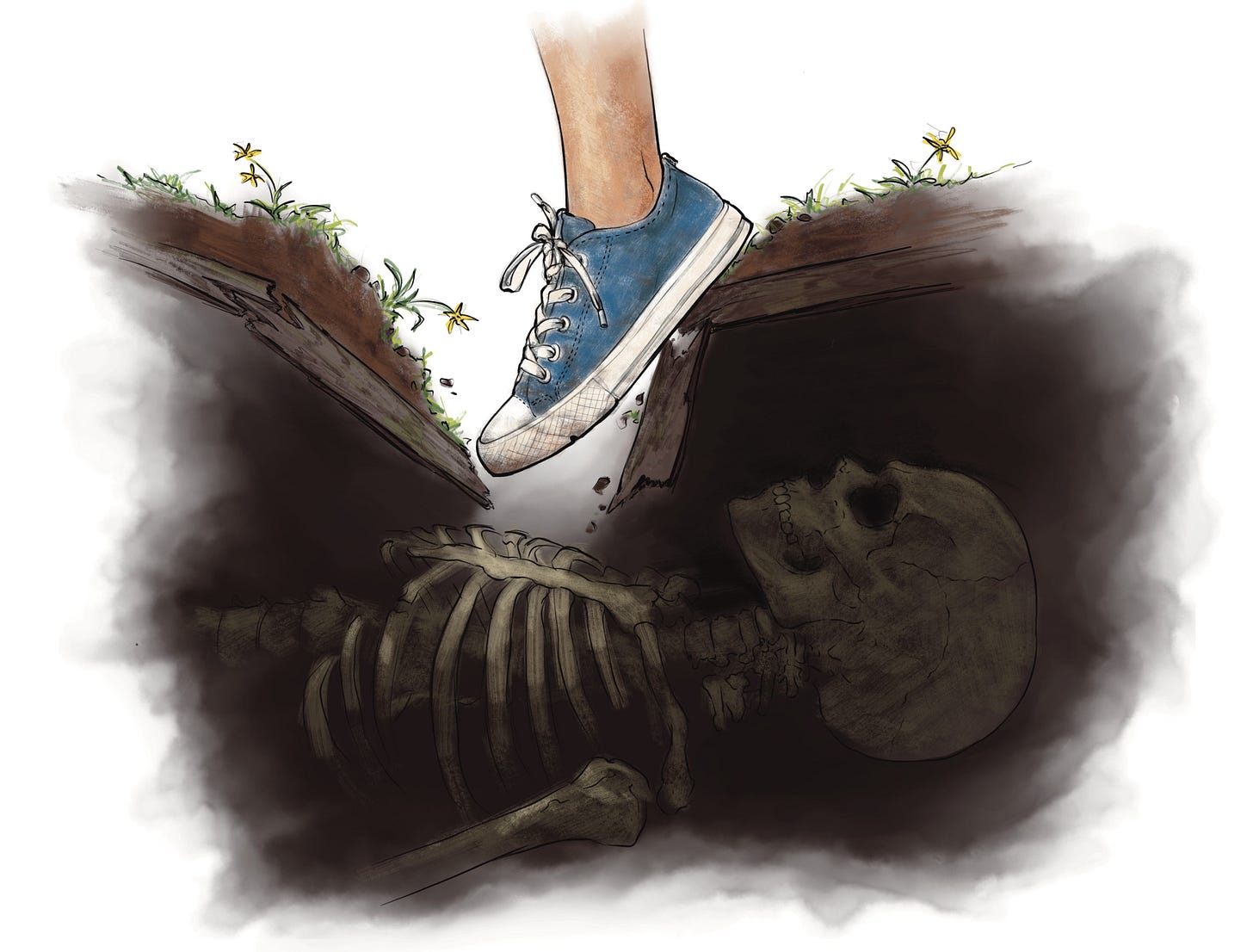

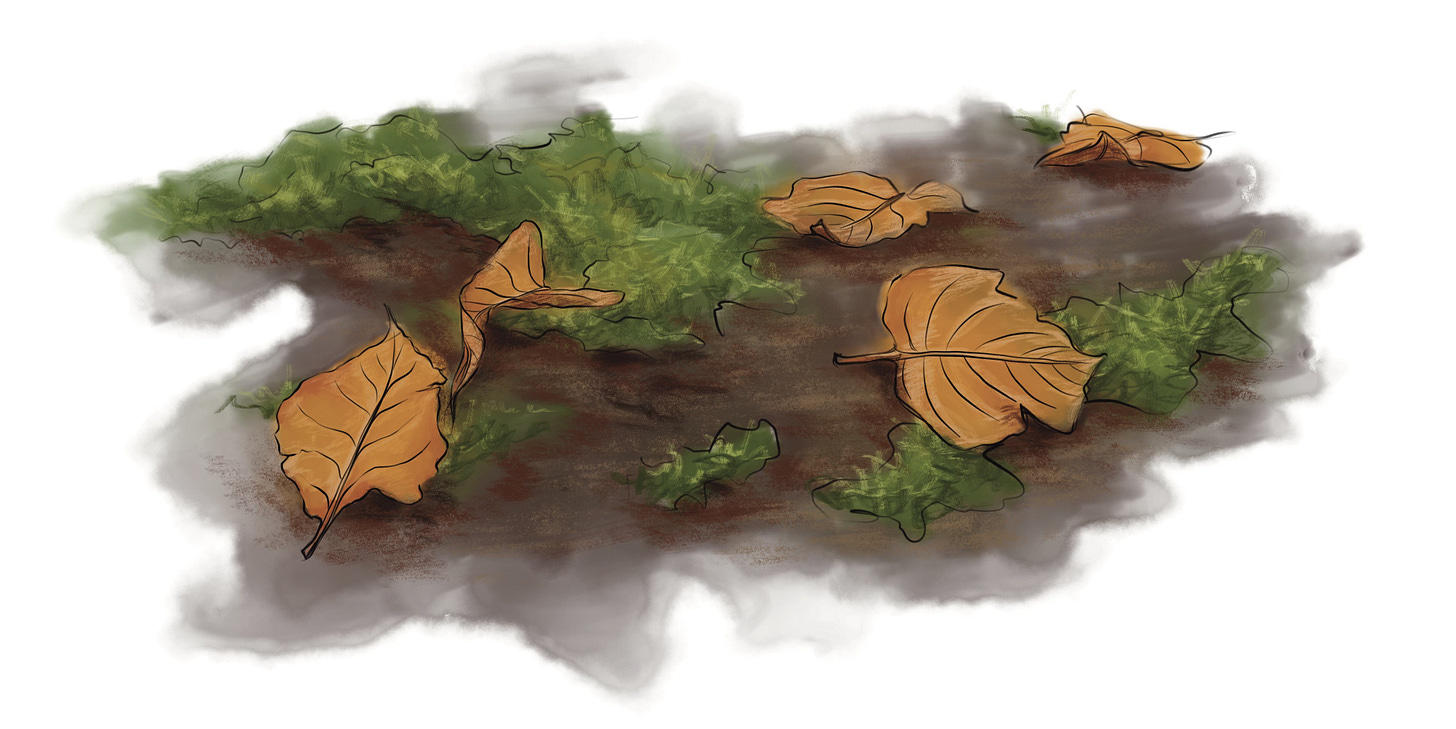
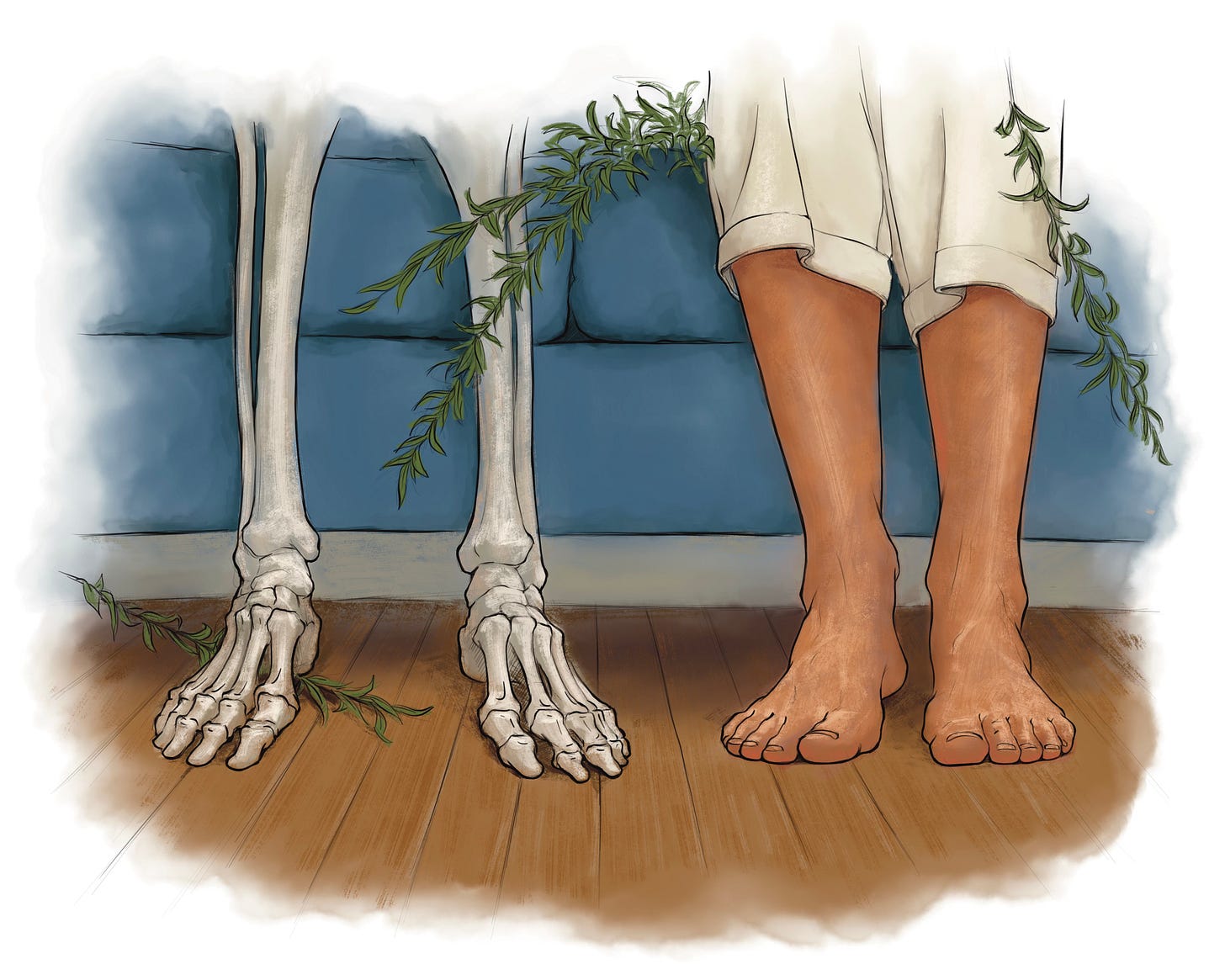
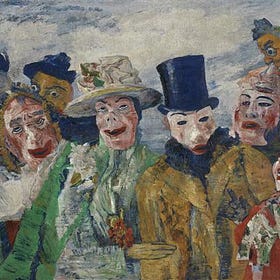
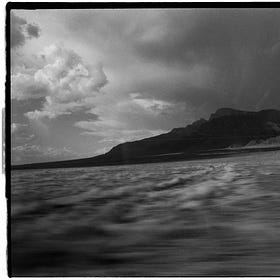


I was literally riveted by Esther's article. She named the ugliness, the ancestral imperfections, the religious whitewashing, the gaslighting, the real stuff. Yet she could elevate the experience to a higher consciousness that almost makes the reality bearable. Just want to say thank you, Esther, for showing us another way to frame the pain.
Really beautiful and thoughtful. A new way to look at pain from the past, death, and change. Thanks